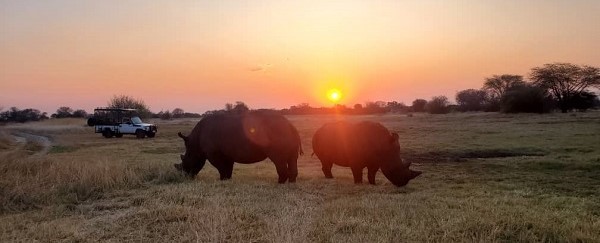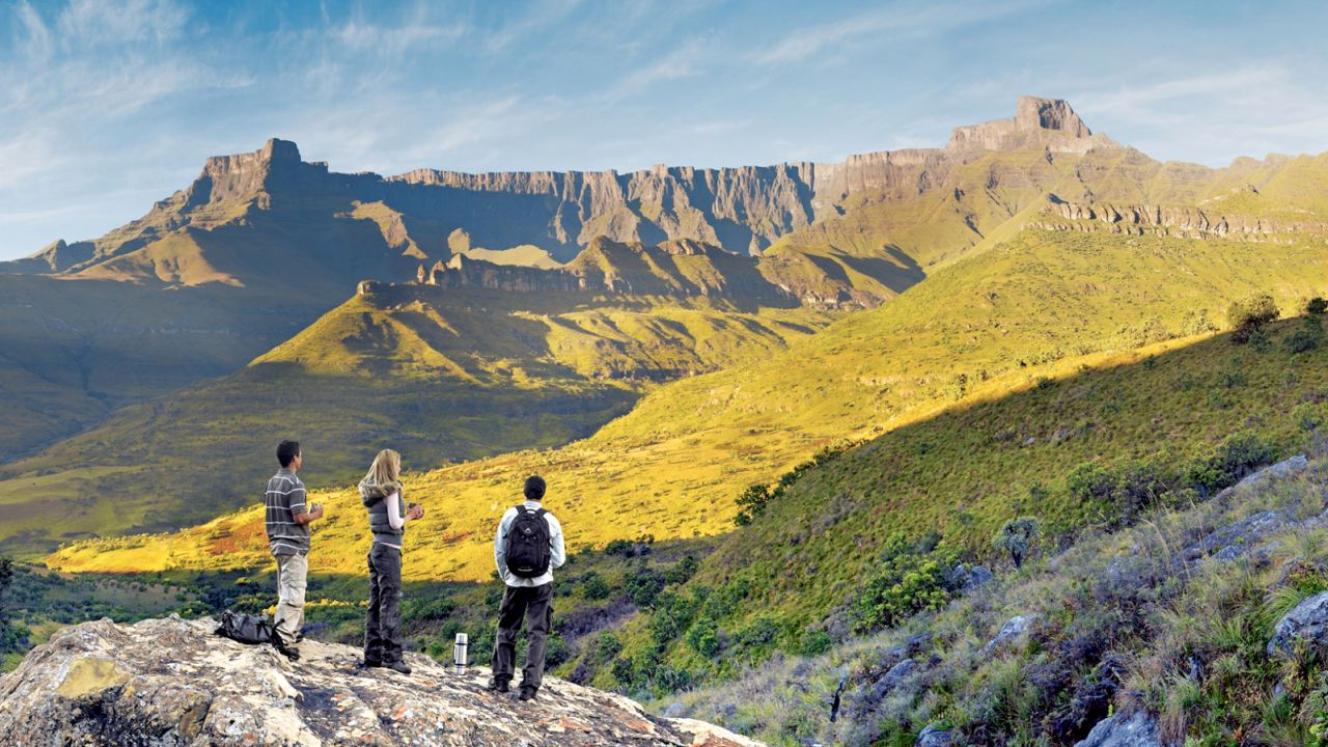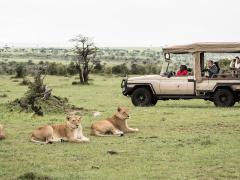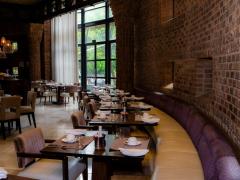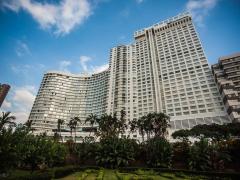This year, the month of May marks the first anniversary of the arrival of Thuza and Kusasa on the Ngamo Plains of Zimbabwe’s Hwange National Park – the first white rhinos to be seen there in nearly 20 years.
Many aspects of Imvelo's Community Rhino Conservation Initiative (CRCI) to bring the rhinos back broke new ground. For this reason, from the start, the programme was designed and monitored carefully by everyone involved. Intentionally, CRCI requires phased development to carry forward the lessons learned in each previous phase.
"Perhaps one of the major wins we have had from the successes of Phase 1 is that we are now so much better prepared to continue with Phase 2," says Mark Butcher, Imvelo MD. "We will be bringing more white rhinos back to Hwange, step by step, taking every precaution we can as stewards of these magnificent animals."
Sleepless nights in the early days of translocation
BSC – Body Condition Score – is an index evaluating the weight and health of an individual animal relative to others of its species, thus providing an indication of the condition of the habitat and uptake of available resources.
"When our rhinos first arrived, we were concerned," says security manager Daniel Terblanche. The rhinos had been on the road in crates for some 17 hours from the point of origin in southeast Zimbabwe. They had also previously been in an acclimatisation boma for 16 days.
On a BSC scale of 1 (poor) to 5 (good), Thuza was a 3 and Kusasa 2.5 on arrival at Ngamo in May last year.
CRCI was designed for the rhino to be self-sustaining and to live solely off the veld, however, due to their loss of condition from the translocation, the BSC initially declined.
With the advice of the vets and other seasoned rhino managers on the consultancy team, the decision was made to supplement the pair’s food intake with lucerne and bhana grass. Both are high-protein and nutrient-rich food types, but the animals were not accustomed to them, and it was a stressful few days.
"The first few days at Ngamo they did not feed, " said Terblanche. "In addition, the temperature here in Hwange was getting as low as 2 degrees Celsius, compared to a low of 11 degrees back where they came from. So we were concerned. In hindsight, we think the cold was a problem for them. Plus, of course, we had to allow time for the sedative given for the journey to fully work itself out of their systems."
Sighs of relief
Sighs of relief were audible around the release boma when Thuza and Kusasa started to feed – and then began to feed voraciously on the cocktail of vegetable matter which was specially mixed for them.
During the following weeks and months, the pair gradually moved off the provided feed and fed more and more on the naturally occurring grasses of the area. Supplementary feeding was reduced, until the end of September, when it was no longer needed.
With Thuza and Kusasa being close guarded 24/7, and their activities recorded every 15 minutes, this period has provided one of the most detailed records ever taken of white rhino's transition from supplementary feeding to self-sufficiency in a new habitat.
Today, Thuza has a BSC of 4+, and Kusasa 3.5+, which is satisfactory for the experts, who have learnt valuable lessons for the introduction of further rhino.
